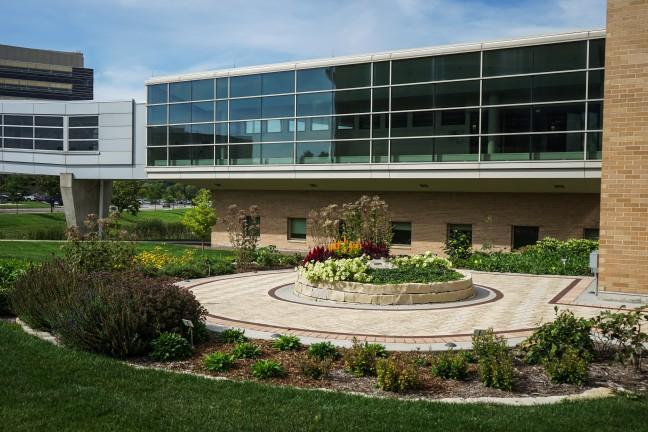A nationwide study, conducted in part by the Wisconsin Center for Education Research, has begun work analyzing the nation’s decrease in science, technology, engineering and math undergraduate degrees, despite a relatively opposite trend seen at the University of Wisconsin.
According to a report from the President’s Council of Advisors on Science and Technology, the U.S. will experience a downturn of one million college STEM graduates in the next decade and has been facing a decrease in interest in the STEM field.
“Currently the United States graduates about 300,000 bachelor and associate degrees in STEM fields annually,” the PCAST report said. “Fewer than 40 percent of students who enter college intend to major in a STEM field complete a STEM degree.”
The nationwide study aims to understand why students in the U.S. are straying away from STEM degrees.
Although the study, which focuses on seven undisclosed universities from varying demographics, does not include UW, WCER Researcher and Principal Investigator of the study Mark Connolly said he believes “Madison is not all that different.”
However, according to UW System spokesperson David Giroux, this trend has not been seen in the UW System, where he said STEM degrees are actually on the rise.
According to a report released by the UW System, over the last decade UW STEM degrees increased from 2,623 to 3,132 degrees.
John Wiley, UW professor and former chancellor, said he agreed with Giroux and he has not seen a decreasing STEM trend at UW.
According to Wiley, the real challenge in the STEM field is the involvement of women, an area he said the university has a “difficult time getting an equitable number for STEM majors.”
Connolly said after preliminary research, the study has found many students attribute their departures from the STEM field due to inadequate teaching in the undergraduate field.
According to Connolly, what faculty may find as “untalented students” are simply reacting poorly to classroom environments largely resulting from “weed-out” courses.
However, Wiley said UW has several resources in terms of faculty and as a research institution to promote STEM degrees.
Although UW has seen an overall increase in STEM degrees, Connolly said UW has also made multiple strides to encourage the growth, mainly on the faculty end.
Such attempts include programs such as the Delta Program, which focuses to better prepare graduate students to educate at UW, Connolly said.
According to him, the UW School of Engineering is also promoting initiatives to keep undergraduates in the program and help those who are struggling.
Wiley said he finds it “baffling” fewer students nationwide are interested in STEM degrees.
According to Connolly, in the big picture, the lack of STEM degrees is having an impact on the job market and the overall economy.
“We know acutely that the economy is hurting right now, but there are STEM jobs unfilled,” Connolly said.
He added an increase in STEM would work toward ameliorating the entire economy by keeping the U.S. as an international contender.
The study, which is still in its basic stages, will be visiting two of the chosen seven schools in the spring, Connolly said.


















